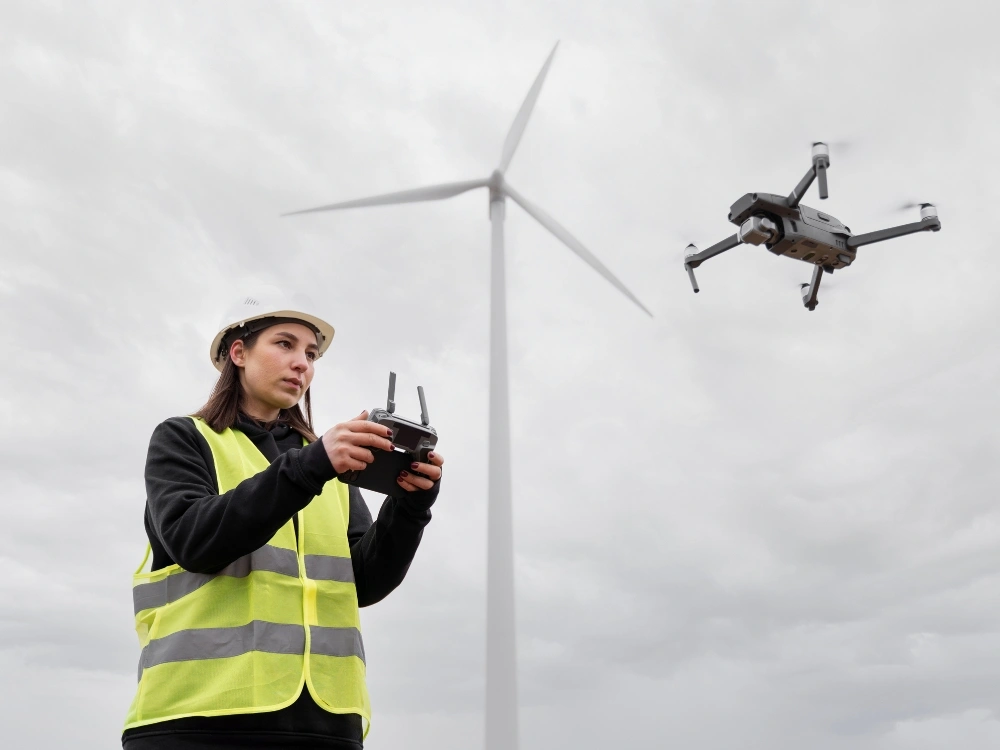Cloud Seeding in the UAE: How AI is Enhancing Rainfall

Water is a precious resource in the UAE, where arid landscapes dominate most of the country. To meet the growing demand and ensure sustainable water resources, the UAE has embraced cloud seeding, a science-backed method to encourage rainfall. Recently, the country has taken it a step further by integrating artificial intelligence (AI) into the process, making rain enhancement more precise and efficient.
Cloud seeding in the UAE has gained significant attention as residents and researchers alike follow the missions that occasionally bring unexpected showers to the desert skies. But how does it work, and what role does AI play in this innovative approach? Let’s dive deeper.
What is Cloud Seeding?
At its core, cloud seeding is a weather modification technique. It doesn’t create clouds out of thin air but enhances the likelihood of rainfall from existing clouds. Aircraft or drones release hygroscopic particles—commonly salt crystals—into clouds. These particles help water droplets merge and grow heavy enough to fall as rain.
The success of cloud seeding depends on the type and moisture content of clouds, as well as environmental conditions. In the UAE, the program primarily targets warm convective clouds over the interior and mountain regions, where natural rainfall is limited but cloud formation is favorable.
How the UAE Conducts Cloud Seeding
The National Center of Meteorology (NCM) leads the UAE’s cloud seeding program, with support from the UAE Research Program for Rain Enhancement Science (UAEREP). Here’s how it works:
Aircraft missions: Planes equipped with hygroscopic flares release salt-based particles into targeted clouds.
Advanced materials: Nano-coated salts and other experimental particles increase the efficiency of droplet formation.
AI guidance: Machine learning models analyze radar and satellite data to identify the best clouds to seed, the optimal altitude, and timing for maximum rainfall.
Drones and electric charges: Emerging technologies allow researchers to explore more precise, residue-free seeding methods.
This combination of traditional techniques and modern AI makes the UAE a global leader in operational cloud seeding.
Results and Impact
Cloud seeding in the UAE has shown promising results:
Rainfall increase: Studies indicate an average of 10–25% additional rainfall in seeded clouds, with long-term analysis showing a ~23% average annual increase over target areas.
Water security: Enhanced rainfall contributes to groundwater recharge, supporting both agriculture and urban landscaping.
Environmental benefits: Additional rainfall supports greenery and helps reduce urban heat slightly during intense summer months.
Public interest: Sudden showers in the desert often spark curiosity and excitement among residents, raising awareness about climate adaptation efforts.
While cloud seeding doesn’t produce floods or extreme weather, its strategic use complements other water management initiatives, such as desalination and water recycling.

The Role of AI in Modern Cloud Seeding
AI has transformed cloud seeding from a largely experimental technique into a data-driven operation. Its key contributions include:
Targeting clouds: Predicting which clouds are most suitable for seeding, reducing wasted missions.
Optimizing timing: Determining the precise moment to release particles for maximum effectiveness.
Improving efficiency: Machine learning analyzes past missions to refine techniques for future operations.
Reducing environmental impact: AI supports experiments with drones and electric charge methods that may minimize chemical usage.
By leveraging AI, the UAE ensures that its cloud seeding program is not only more effective but also more sustainable.
Challenges and Considerations
Despite its success, cloud seeding is not without challenges:
Effectiveness depends on natural cloud formation.
Over-reliance on artificial rain could lead to misperceptions about water availability.
Researchers continue to study long-term environmental impacts.
Ongoing AI integration and advanced material research aim to address these challenges and improve outcomes.
Conclusion
Cloud seeding in the UAE represents a cutting-edge blend of science, technology, and sustainability. By using AI to guide operations, the country is enhancing rainfall, supporting water security, and protecting its environment. While it’s not a solution for extreme weather or drought on its own, cloud seeding is an important tool in the UAE’s broader strategy for managing water resources.
As the program evolves, with drones, electric charge methods, and AI-driven predictions, the UAE is not just seeding clouds—it’s shaping the future of sustainable weather innovation.



